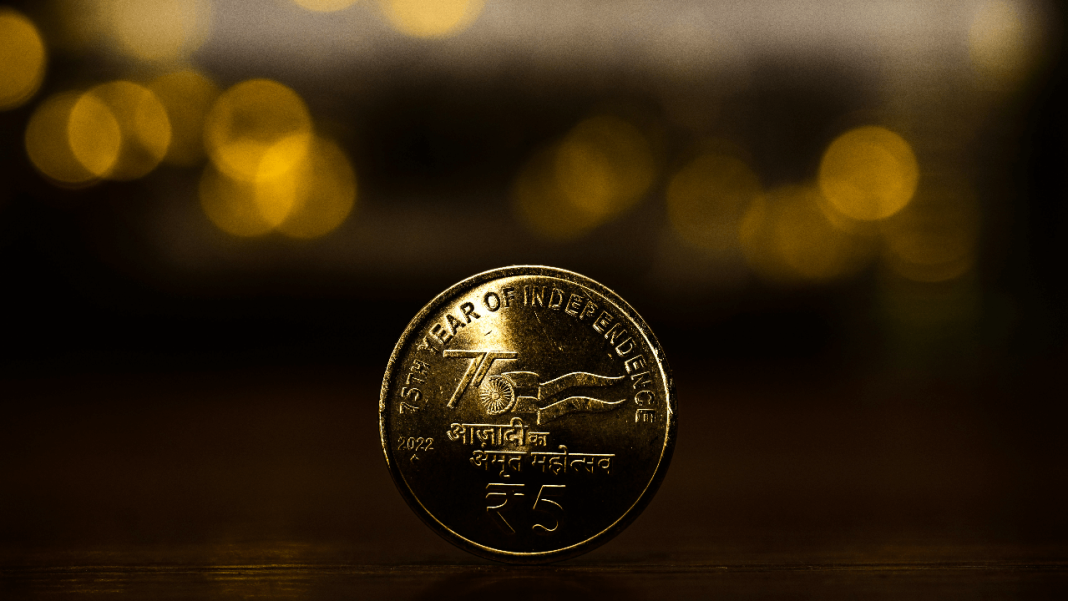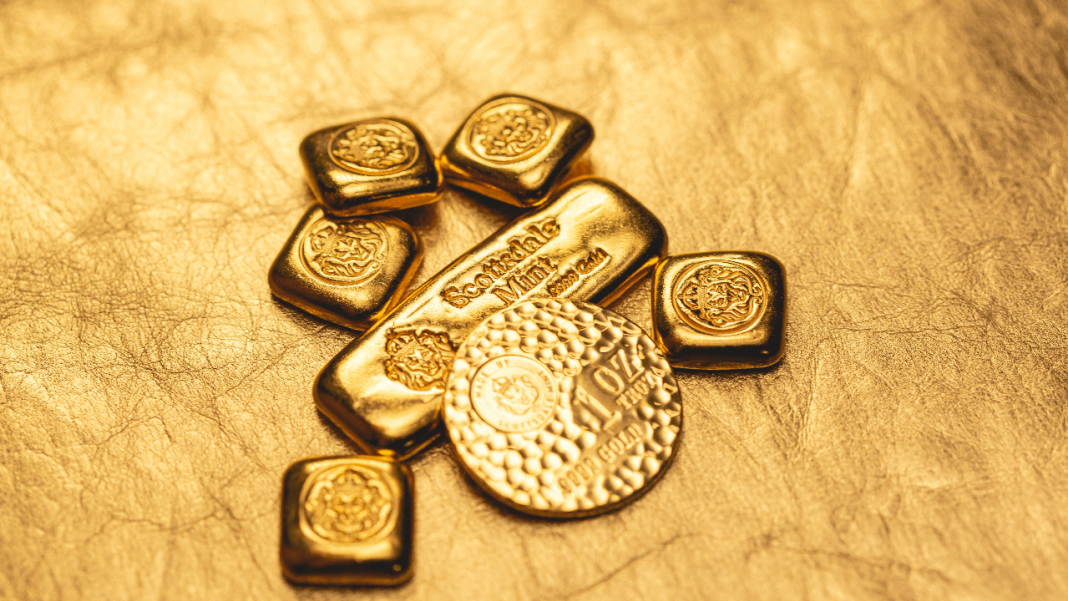Exchange rates are not just numbers; they matter for trade, travel, remittances and investment flows. For an Indian resident or business, understanding how the rupee performs against important currencies (like the U.S. dollar, the euro, the Bangladeshi taka, the Pakistani rupee, and the Russian ruble) is important for planning travel and budgets, deciding payment for imports or exports, and managing risks. In this post, we share the current INR rates to major currencies, trends, and links for deeper reads on related currency pairs. For more updates on Todays Gold rate and Today’s currency exchange rates, visit India Focus Daily News.
Current Rates: INR against USD, EUR, BDT, PKR, RUB
The table below displays approximately the latest mid-market exchange rates for INR against the five currencies, based on the latest available data available to the public (this may vary by bank, forex providers, and fees).
Interpretation Key Points:
- The rupee is still relatively weak against the U.S. dollar, currently trading at around ₹88 – 89 per USD.
- For the euro, the rupee is trading at around €0.0096 per INR or approximately ₹104 per EUR.
- Against regional currencies, the rupee is stronger against the taka and Pakistani rupee.
- The RUB rate trades at something close to parity at ~ ₹1.09 per Russian ruble, indicating fluctuations in the global energy and geopolitical markets.
Trends & Dynamics: What Is Influencing the Rates?
Currency rates are never static, as they respond to macroeconomic factors, monetary policy, trade flows, and investor sentiment around the globe. The rupee’s recent weakness to the dollar is a function of capital outflows, import demand, and the strength of U.S. rates. Interventions by the Reserve Bank of India are intended to mitigate volatility. More locally, regional currencies like BDT and PKR often reflect local factors (trade balance, remittances, monetary policy) as well. RUB is driven by energy exports, sanctions, and Russia’s macro stability.
INR Long Tail Keywords & Internal Linking
For readers wanting to dive deeper into how the rupee interacts with specific currencies, see our articles about “INR to USD historical,” “convert INR to EUR today,” and “INR vs PKR comparison and trends 2025” on this site. These pages have charts, comparisons, and tools that develop this overview. By cross-linking content on currencies in the INR domain, we help you stay within the site while providing more insights.
Frequently Asked Questions
Why do the different providers show different rates?
The mid-market rate (as presented above) is a base rate. The actual bank, or foreign exchange, rates include spreads, commission, margins, and time differences, so you will usually receive a slightly worse rate.
How often do these rates change?
Currency rates are continuously shifting (every second in active markets). Retail rates will shift more daily, or even more than hourly, depending on the provider’s policies, liquidity, and demand.
Which rate should I rely on as the safe rate for remittances or trade?
Use the rate quoted by a trustworthy, reliable bank, money transfer service, or licensed foreign exchange provider at the time you are considering conducting the transaction. Follow up and check for any hidden fees.
Is there a possibility I can “lock in” a rate before it goes to a transaction?
Yes, some foreign exchange providers offer forward contracts and/or rate-lock services that allow you to fix the rate for a transactional opportunity in the future.
Why is the rupee weaker vs USD but stronger vs PKR?
Currency strength is relative to the specific local fundamentals. The rupee may be weakening due, in part, to external pressure (e.g., dollar strengthening, demand for imports), as a rupee will not necessarily mean the rupee weakening vs. regional currencies if the local currencies are under greater duress; Strength is relative.



